Could This Recently Found Skeleton in Germany Have Been a Zombie?
It was possibly treated like the undead.
Skeletal remains with rods clamped across their necks, dirt in their mouths, or spears pinning down their body: These are just a few tactics that Europeans of the past used to ward off the resurrected dead—or zombies, if you will.
Several archaeological sites have pointed to “revenant” graves across Europe, where there’s evidence that people were worried about the dead coming back, spanning 18th-century Polish vampires to Ancient Greek zombie burials.
A recent discovery in Oppin, Germany found the remains of a man who was pinned by a large stone “placed over the deceased’s bent legs,” according to the Saxony-Anhalt State Museum of Prehistory, which first broke news of the discovery. The museum suggests that this is an example of a revenant grave, as the rock was placed in such a deliberate way to prevent the corpse from rising.

Based on the location of the grave, the museum believes the Oppin man was from the Bell Beaker culture, which refers to European elites that used high-grade materials in the Bronze and Neolithic ages. “They are not a people, but a ruling class. It’s like people who own a Ferrari today,” says Rafael Garrido Pena, a prehistoric archaeologist at the Autonomous University of Madrid who focuses on Bell Beaker culture.
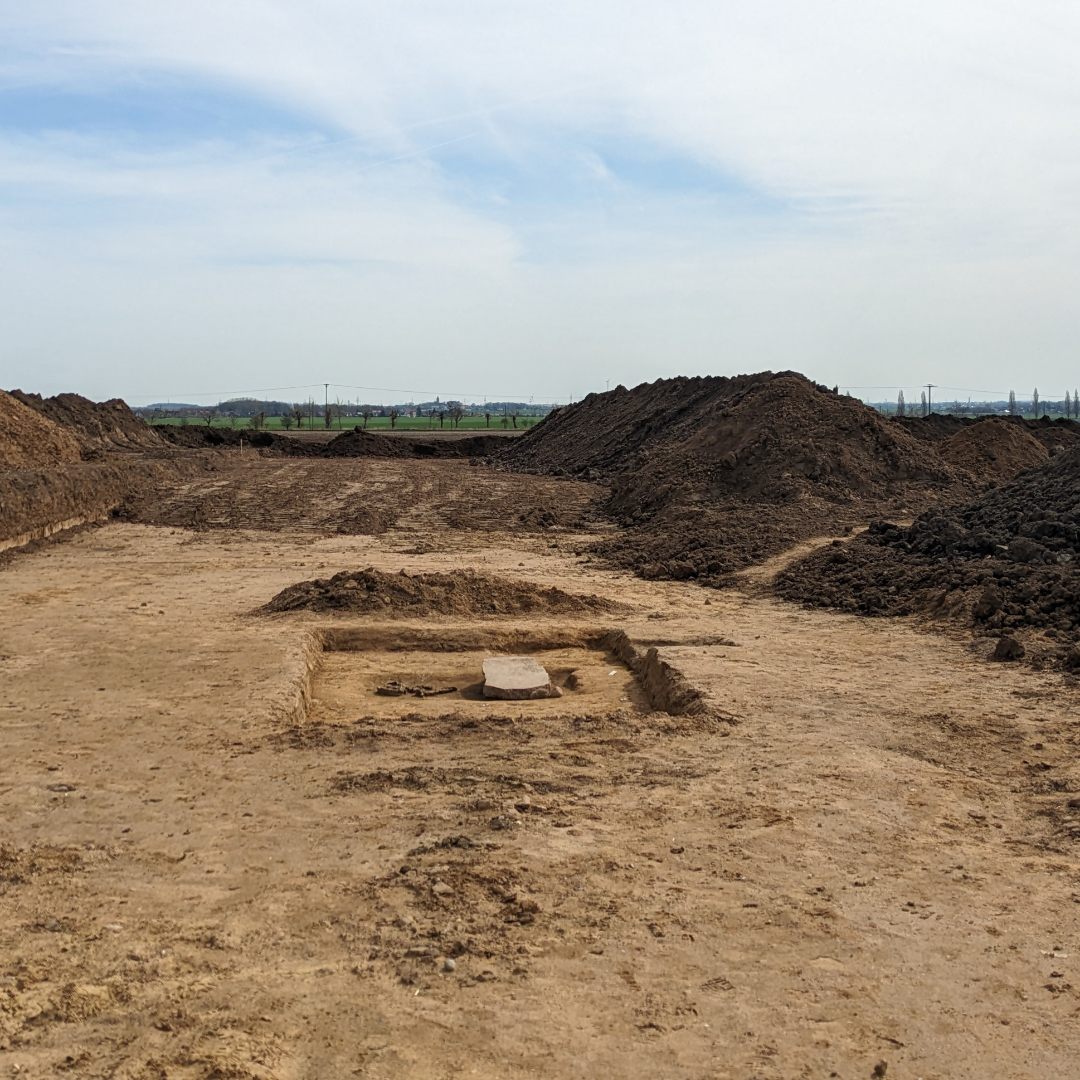
“Many graves and cemeteries of this culture are known from central Germany,” the State Office for Heritage Management and Archaeology Saxony-Anhalt wrote in an email. “The grave at Oppin came as a surprise as revenant burials are not well-attested for this culture.”
However, as the discovery is quite recent, more analysis is needed before a full study and conclusion can be drawn. Garrido Pena cautions against assuming the grave is a revenant one or even a Bell Beaker, as he was found without any decorative artifacts and has yet to be confirmed through carbon dating.
Garrido Pena says the use of stones on top of burials is common. “Sometimes, the stone is just the roof of the grave, or graves that have been sealed—a gesture to close the burial cycle,” he says. However, he does believe the case of the Oppin man is “something special,” given the stone’s crafted shape and deliberate position. “It is very well-made, located horizontally on the lower part of the body,” he says. He believes zombie fears could be “one possible explanation” of many, including executions.
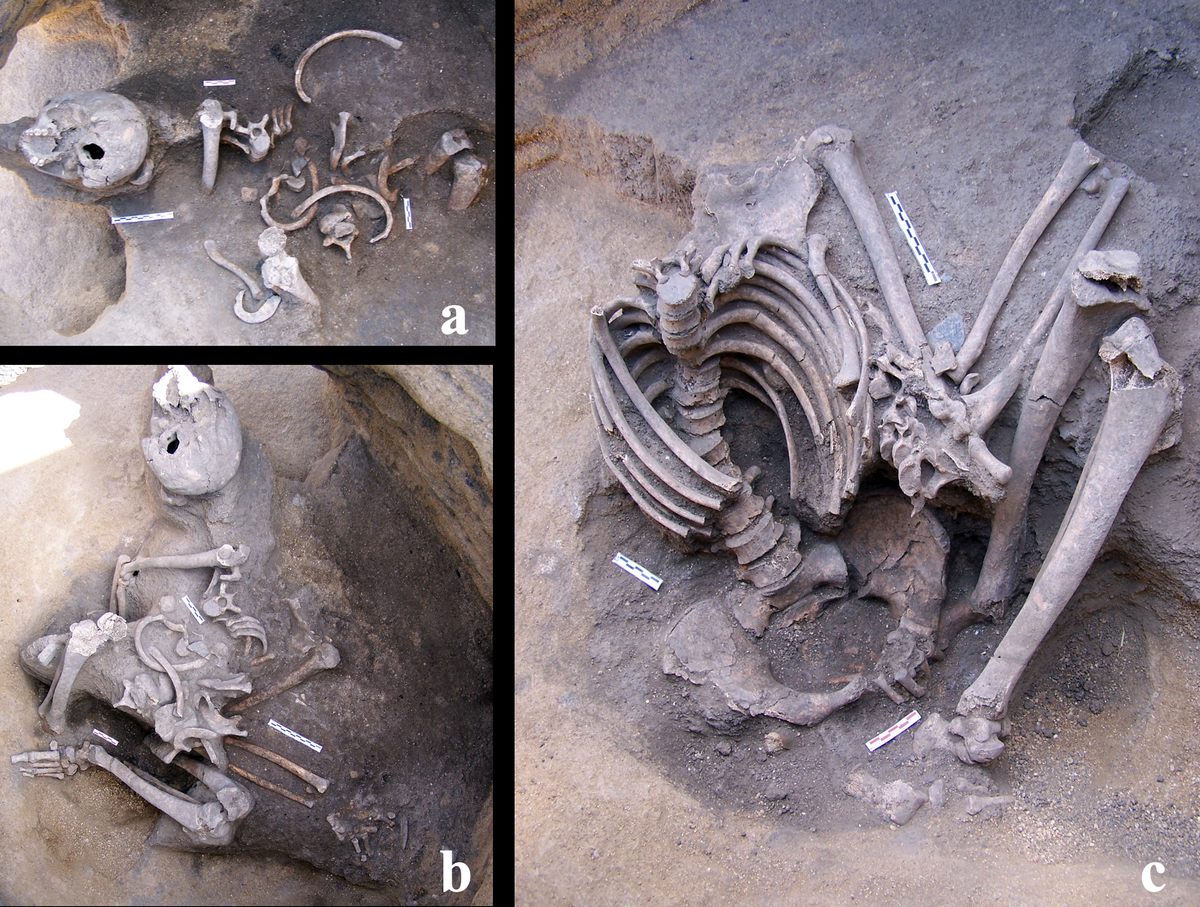
In 2009, a seated cadaver was found at a site in Humanejos, Spain that dates from the Bronze Age—similar to the Oppin man’s estimated age.
“He wasn’t completely buried, but seated and buried up till the half of the body. He was exposed at the top until he lost all the flesh, and the skull fell off,” says Ana Herrero-Corral, a prehistoric archaeologist and researcher at the University of Vienna, who led the grizzly study in 2020.
“We don’t know why they did this. One interpretation is that they buried just half of the body to prevent him from moving or escaping,” she says, explaining that it is “impossible” to know whether the man was dead before burial or if he died due to entrapment.
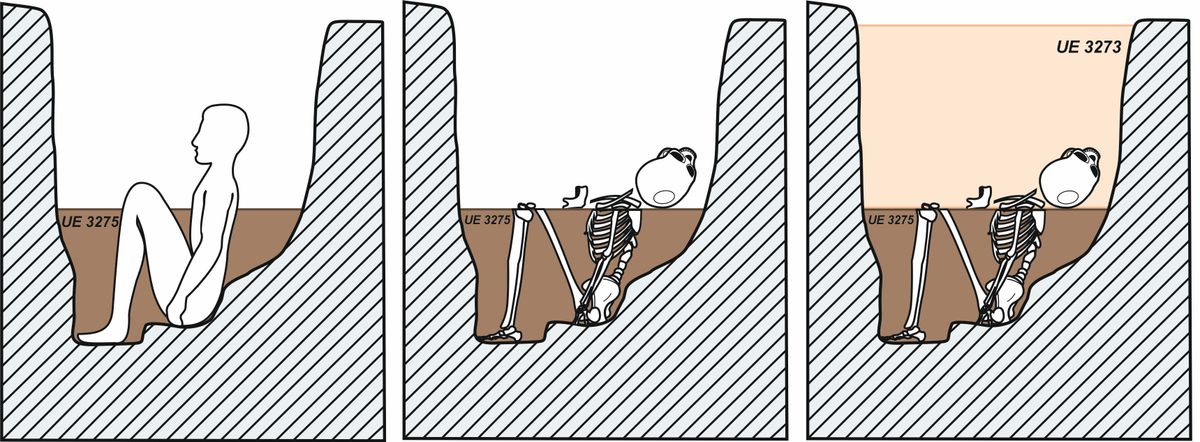
Both Herrero-Corral and Garrido Pena suggest the word “deviant” as a more fitting term than “revenant” to describe such unusual practices.
One thing Garrido Pena can say for sure is that our prehistoric ancestors were, in fact, scared of the zombie-like undead. He’s seen plenty of secondary burials, when the body decomposes in one place and then is moved to a definitive tomb, with careful arrangements of bones framing the skull.
“If they have flesh, they are not dead, they are not alive,” says Garrido Pena. This belief was widespread across “many different cultures,” dating from the Copper Age to the 20th century. “Ethnographic works tell us that these people have a common belief that dead people are dangerous until the flesh is gone.”
Given the anatomical position of the Oppin man’s bones, we know he did not receive a second burial. LDA Sachsen-Anhalt explains that “the grave will now be analyzed by an anthropologist.” Though more studies may reveal further insights, for now it’s uncertain if the skeleton was a feared Bronze-Age zombie—it’s possibly a secret he’s taken to the grave.
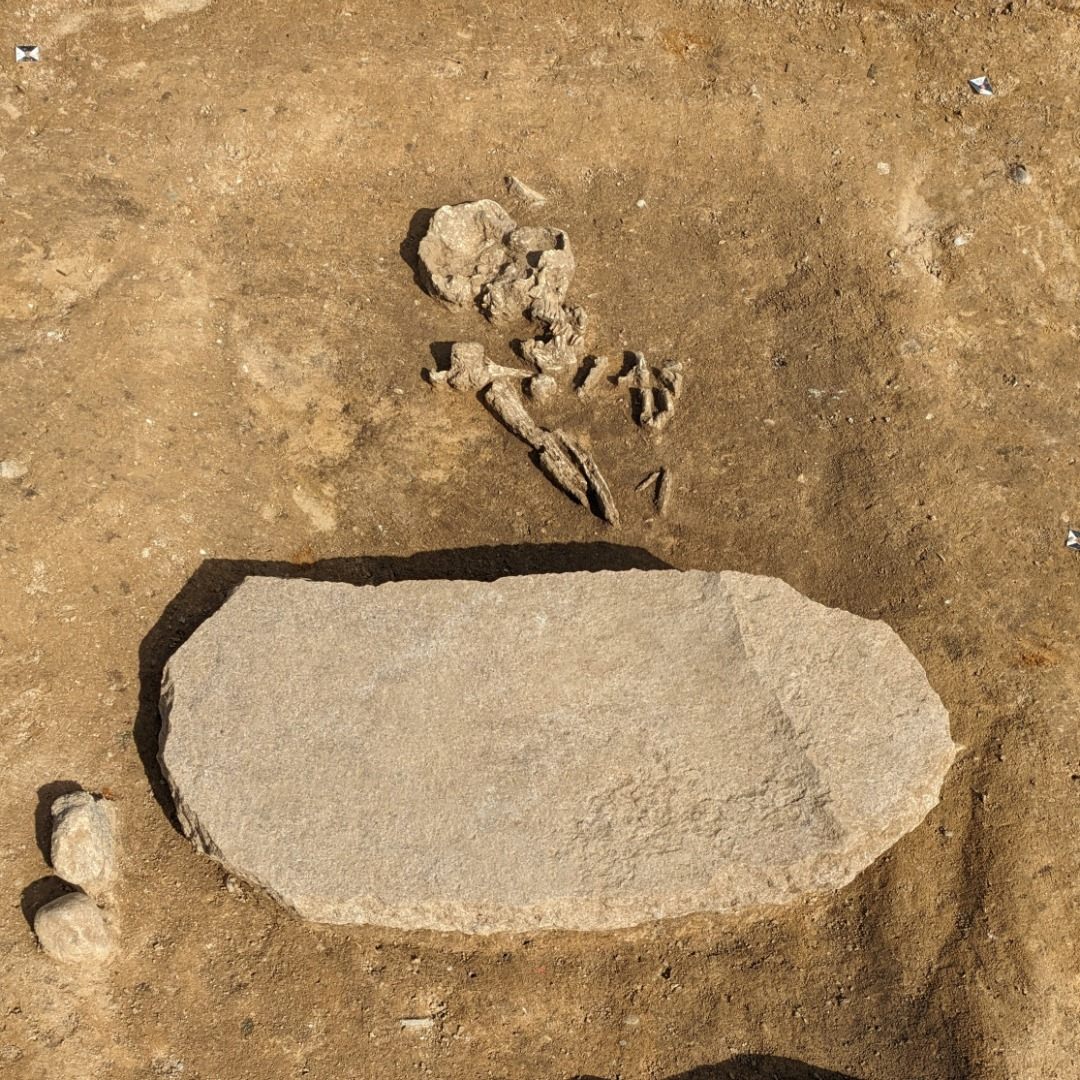

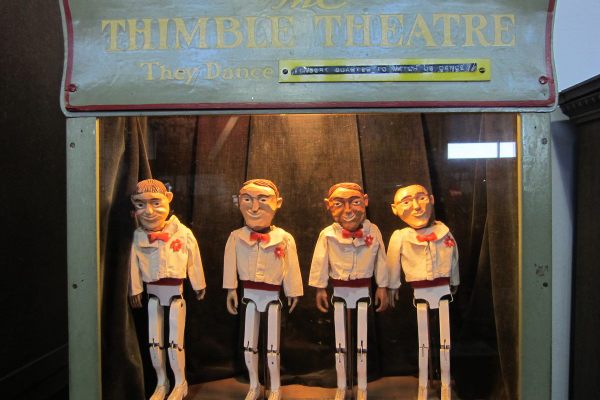

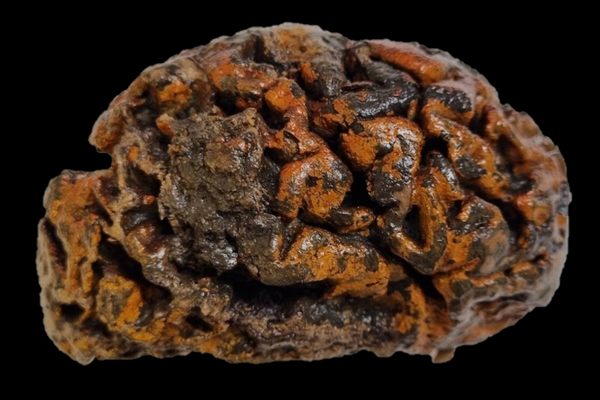
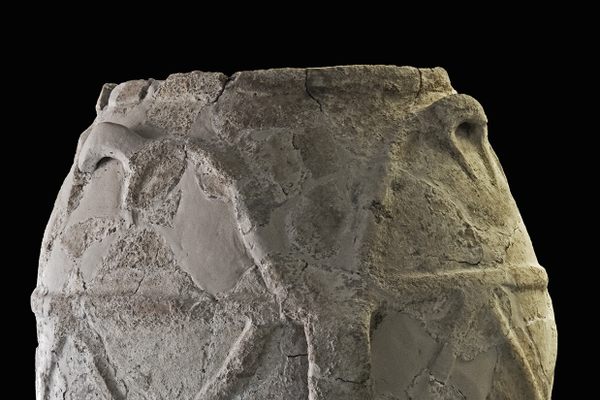








Follow us on Twitter to get the latest on the world's hidden wonders.
Like us on Facebook to get the latest on the world's hidden wonders.
Follow us on Twitter Like us on Facebook